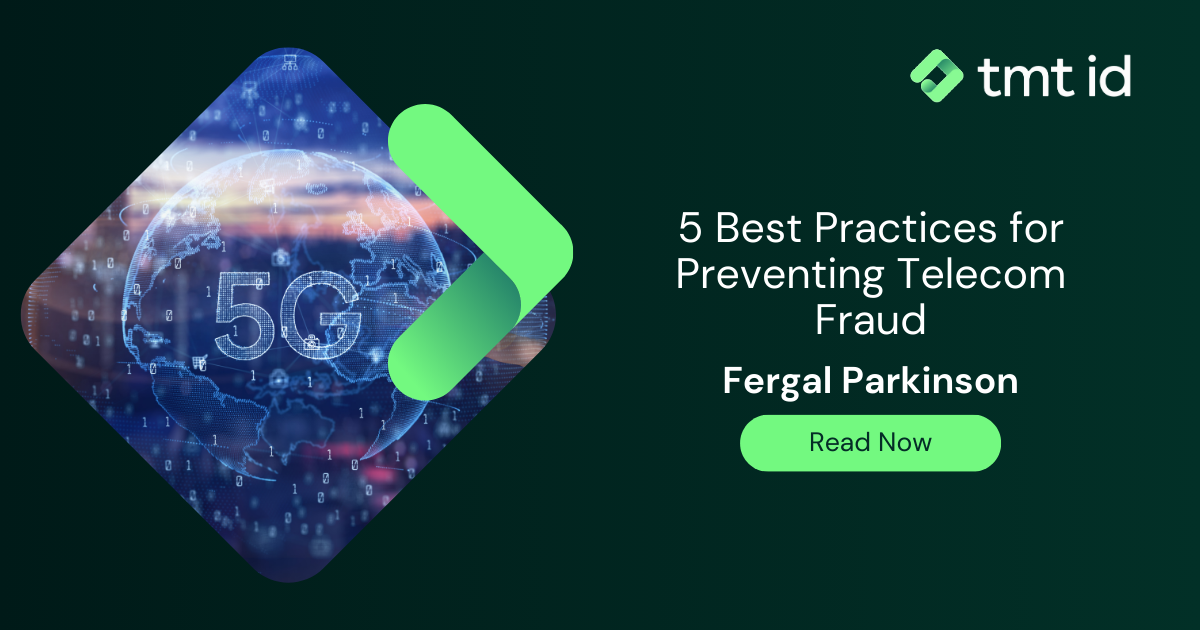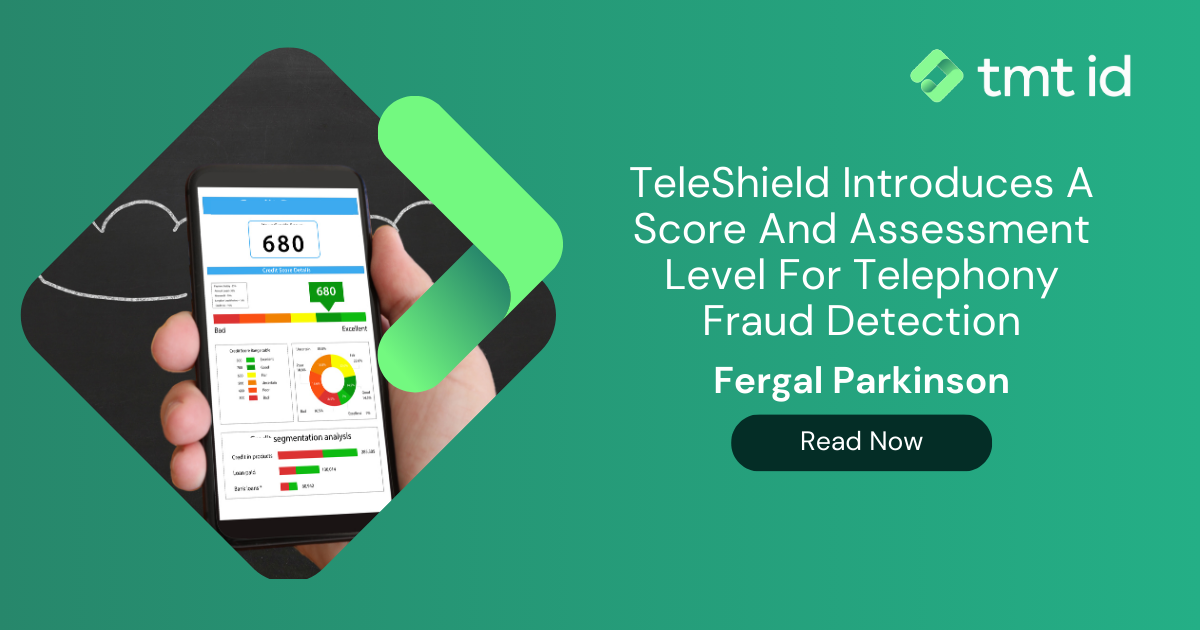
Telecommunications fraud is a pervasive issue causing staggering financial losses annually. In 2023, the associated costs of telecom fraud rose by 12% making it imperative for telecom services to employ robust strategies to prevent such deceptive practices.
Telephony fraud is the act of making money illegally from a communication service provider or its customers through the use of telecommunications services. Telephony fraud can take many forms, for example, infiltrating a telephony network or using rogue operators to redirect calls/texts to international premium rate numbers, among others.
For businesses, the impact ranges from direct financial losses and increased operational costs to indirect effects such as decreased customer trust and brand degradation.
Individuals suffer from privacy invasion, financial loss, and often long-term damage to credit scores and digital identities.
PBX Fraud: This occurs when hackers gain access to a company’s private branch exchange (PBX) system to make unauthorised calls at the company’s expense.
IRSF Fraud: IRSF (International Revenue Share Fraud) is a sophisticated telecom fraud scheme where fraudsters exploit the revenue-sharing arrangements between telecommunications carriers. Typically, they generate artificial traffic, often through auto-dialling systems, to premium-rate numbers or international destinations that charge high fees.
OBR Fraud: OBR (Outbound Revenue Fraud) is a type of fraud that occurs when individuals or entities manipulate outbound telecommunications traffic to generate illicit revenue. Fraudsters often exploit vulnerabilities in telecom networks to place large volumes of outbound calls, typically to premium-rate numbers or international destinations with high termination fees. By artificially inflating call volumes, they aim to profit from the revenue-sharing arrangements between telecom operators.
Wangiri Fraud: Also known as “one-ring” or “missed call” fraud, is a deceptive telecommunications scam where fraudsters utilise automated systems to make brief, usually one-ring, calls to a large number of random phone numbers. The intention is to entice recipients to return the missed call, often to premium-rate numbers or international destinations with high call charges.
Account Takeover: Account takeover fraud occurs when unauthorised individuals gain access to a person’s or organisation’s account by stealing their login credentials or personal information. Once access is obtained, the fraudsters can manipulate the account for their own gain, often by making unauthorised transactions, changing account settings, or accessing sensitive data.
Subscription Fraud: Fraudsters use fake or stolen identities to open accounts with telecom services, which are then used to rack up large charges.

In this article, we’ll examine some of the essential best practices which can help you protect your customers and business alike.
To safeguard against threats, implementing stringent security measures is non-negotiable. Proactivity in security protocols helps in anticipating potential fraud tactics and thwarting them before they can cause harm. This involves setting up systems that are not only reactive but also predictive, using sophisticated algorithms to detect and mitigate unusual activities.
Implementing End-to-End Encryption – this ensures that data transmitted over telecom networks is converted into a secure code that only the recipient can decode. This minimises the risk of interception by fraudsters, securing voice and data transmissions.
Regular Security Audits – conducting comprehensive audits regularly helps in identifying vulnerabilities within your telecom infrastructure is critically important. Your audits should be thorough, covering hardware, software, and user activities to ensure all potential fraud gateways are closed.
Employee Training and Awareness – human error is a significant vulnerability in fraud prevention. Educating employees on recognising and responding to fraud can dramatically reduce risks. Regular workshops ensure that all employees are updated on the latest fraud prevention tactics and technologies – along with the signs to look out for
Multi-Factor Authentication – strengthening user authentication processes is critical in safeguarding against unauthorised access and transactions. Multi-factor authentication (MFA) requires users to provide multiple forms of verification before access is granted. This could include something they know (password), something they have (a mobile device), and something they are (biometric verification).
Biometric Verification – using unique physical characteristics, such as fingerprints or iris patterns, to verify identities can be highly secure and difficult for fraudsters to fake. Behavioural biometrics monitor the habits and behaviours of users—how they type, swipe, or even hold their device. Any deviation from the norm can trigger a security alert, indicating potential fraud.
Mobile numbers represent a unique and personal identifier for users, which makes them a potent tool in the fight against telecom fraud. Due to their reliable nature and the difficulty associated with manipulation, mobile numbers can serve as a cornerstone in fraud prevention strategies.
A mobile number is tied uniquely to an individual through detailed registration and identity verification processes required by mobile service providers. This linkage makes a mobile number a less likely target for fraudsters to manipulate, unlike other identifiers such as physical addresses or even email addresses which can be easily fabricated or hijacked.
Incorporating mobile numbers into fraud detection systems allows for a multifaceted approach to security:
Two-Factor Authentication (2FA): By utilising mobile numbers in 2FA processes, businesses can add an extra layer of security. When a transaction or access attempt occurs, a verification code sent via SMS to the mobile number acts as a second security layer, ensuring that the transaction is being initiated by the legitimate owner.
User Verification Checks: Regular and random user verification checks via a verification API tool help to confirm the authenticity of the operational status of a mobile number. These checks are instrumental in detecting fraud early, especially in identifying SIM swap fraud where a fraudster might transfer a victim’s phone number to a new SIM card.
Mobile data offers some key benefits when used as part of your fraud prevention strategy, including:
Real-Time Fraud Detection: Mobile data can be analysed in real-time to detect fraudulent activities as they happen. For instance, if a mobile phone is used in a new country or device, it can prompt immediate verification procedures.
Highly Accurate, Trusted Data: Mobile data is collected from trusted bodies around the world, including mobile phone network operators and government bodies. It is also much harder to manipulate for the purposes of fraud.
Regulatory bodies often provide frameworks and guidelines that help in shaping robust fraud prevention strategies. Staying compliant not only enhances security but also builds customer trust.
Collaboration with regulators and other telecom providers can lead to the development of industry-wide defences, sharing crucial intelligence and resources to combat fraud more effectively.
Simulation Drains: Preparing for Potential Threats
Conducting simulated fraud attacks can test the effectiveness of current strategies and highlight weaknesses in incident response.
Keeping software and systems updated is crucial to defend against the latest threats.
Updates and patches fix vulnerabilities and enhance security features, which are critical in keeping telecom networks ahead of fraudsters.
Outdated systems often have well-known vulnerabilities that are easy targets for fraudsters. Regular updates minimise these risks.
The use of virtual private networks (VPNs) and other secure network solutions is vital in ensuring safe and private communications. VPNs encrypt internet traffic, disguising the details of the data being sent and received. This prevents potential intercepts and unauthorised data access.
TeleShield is a powerful telephone fraud prevention API which protects both your business and your genuine customers. It provides robust and dependable security against a range of telephone-based fraudulent activities such as flash calls, International Revenue Share Fraud (ISRF), Origin Based Rating (OBR), ‘Wangiri’ scams, premium rate number fraud, telephone number spoofing and more.
The service is based on live access to authoritative global data and can be easily integrated into your business processes with the option of standard or enhanced insights into numbers’ history and integrity. This allows users to detect telephony and telecommunications fraud – and protect themselves from it. Which in turn is a means to achieving a reputation for reliability from customers.
Click here to find out more.
Preventing telecom fraud requires an integrated approach involving technology, regulatory compliance, employee training, and proactive network management. The ongoing development of mobile number intelligence and biometrics is set to redefine telecom security practices, making fraud prevention more automated and precise.
Adopt these best practices, integrate cutting-edge solutions, and continuously educate your team to safeguard your telecom resources effectively.
Unusual upsurges in account activity, especially in call volumes or data usage, can be an early warning sign.
At least bi-annually to adapt to new threats quickly and maintain robust defences against fraud.
Yes, many scalable solutions are available that do not require large upfront investments but still provide effective fraud prevention.
Last updated on April 30, 2025



TeleShield is a robust API that protects your business and customers from various telephone frauds, including flash calls, ISRF, OBR, Wangiri scams, premium rate fraud, and spoofing.
Check it outWe provide the most comprehensive device, network and mobile numbering data available
Contact us > Chat to an expert >